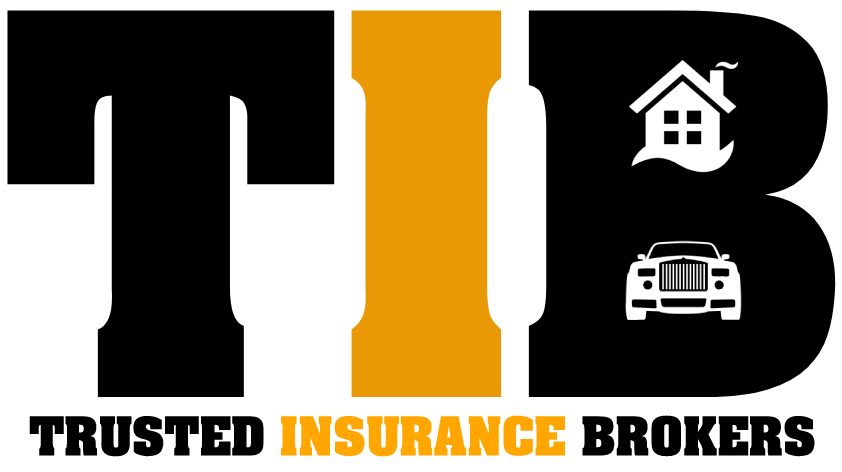Ever wondered why the number on your insurance policy doesn’t match the price tag of your dream home? Well, you’re not alone. Today, we’re diving into the nitty-gritty of Replacement Cost and Market Value. Trust me, it’s not as boring as it sounds!
To understand the difference, you must first understand what each one is and how they are calculated. So let’s begin…
What is Replacement Cost?
Imagine your house is a LEGO set. Replacement cost is the money you’d need to buy all those LEGO pieces again—brick by brick, window by window.
It’s the cost to rebuild your home from scratch, using similar materials and construction methods. This doesn’t include any land costs or Realtor fees, just purely construction materials and labor oriented!
How’s it Calculated?
Insurance companies use what’s called, a Replacement Cost Estimater (RCE). Your agent will look at your home’s square footage, the type of materials used and other factors like whether you have a marble bathtub or a regular ol’ tub.
Once that’s all entered into the RCE, the system will take that info and calculate the cost for the input materials plus labor and—voila!—you get your replacement cost.
Side note: The RCE systems and the calculations can vary slightly from insurance carrier to insurance carrier, as their RCE systems are set slightly different. Which is why you may see different coverage limits from one insurance carrier or agent to another.
What’s Market Value?
Market value is the show-off cousin of replacement cost. It’s the price your home would sell for, if you sold it today, as-is.
Market value includes the value of the land, how close the home is to downtown living or shopping, how sought after the neighborhood is, lake views and even that avocado tree in the backyard!
How’s it Calculated?
Realtors use “comps” or comparable sales in the area surrounding the home. They look at similar homes in your area that have sold recently and adjust for differences. Got a pool? Add some bucks. Live next to a landfill? Subtract a few. It’s like Tinder for homes; they swipe right on the best match for your property.
Why Should You Care?
Knowing the difference helps you make informed decisions. You don’t want to be underinsured if disaster strikes, but you also don’t want to pay premiums for a 8,000 sq ft palace, when you live in a nice, 2100 sq ft suburban home.
Something Important To Think About 💡
The entire purpose of an insurance policy is to make you whole again. Meaning, if your home is damaged, the policy willpay to rebuild the home back to the way it was, prior to the damage. You cannot “make money” off of a property insurance policy, therefore home insurance policies will never pay out more than what it costs to rebuild the home, only up-to the dwelling coverage limit listed on the policy.
Here’s a scenario to help put this into perspective:
A 2,000 square foot home in Miami, FL is on the market for sale. The listing price (typically reflective of the market value) is $1,000,000.
Question: Do you believe it will cost $1,000,000 to rebuild a 2,000 sq ft home??
Answer: No. It does NOT (or at least it definitely shouldn’t) cost $1,000,000 to rebuild a 2,000 sq ft home. A 2,000 sq ft home would most likely cost in the arena of $350,000 – $450,000 depending on how the home is constructed and how upgraded the home is.
Let’s say you insure a 2,000 sq ft home for $1,000,000 and it burns down to the ground. A contractor rebuilds the home for $350,000. The insurance company will only pay out a total of $350,000 out of that $1,000,000 dwelling coverage, because it did not cost $1,000,000 to rebuild.
So the entire time you’ve been paying extra money to insure the home for $1,000,000 when it only needed to be insured for $350,000. You paid all that extra money for nothing and you do not get that money back!
Moral of the story: Do not give the insurance companies more of your hard earned dollars than you should. Insure the property accurately. Don’t over-insure and most certainly don’t cut corners and under-insure.
Now you’re asking, “But how do we know the difference? I’m just little ol’ me…I don’t know how to calculate this stuff!“
Talk to an agent. Find an agent who can explain this to you and someone you feel comfortable with that you believe has your best interest at heart.
While a lot of agents make a commission based on a calculation of your policy premium, some will undercut coverage to look the “cheapest” while others will inflate the coverage to appear to “add value” to the policy.
You need to find the agent that’s willing to LISTEN to your situation, have the conversation with you to explain the above mentioned differences and tailor a policy to YOUR NEEDS, not their own personal thoughts of what you need.
